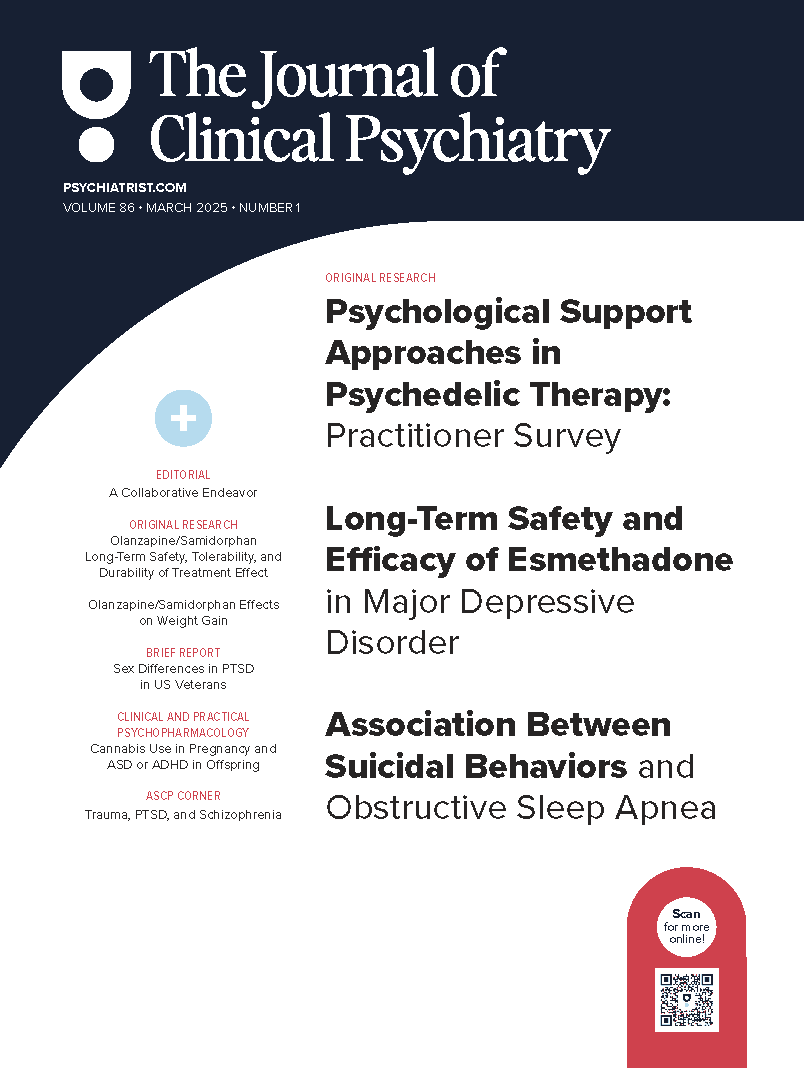Objective: As the metabolic syndrome is an important side effect of some antipsychotics, use of a biomarker will enable clinicians to identify metabolic changes more effectively than anthropometry and biochemistry. Adiponectin, an adipocyte-derived hormone, serves as a central regulatory protein in many of the physiologic pathways controlling lipid and carbohydrate metabolism. The aim of this study is to determine the possible relationship between adiponectin and the metabolic syndrome among Chinese patients taking clozapine for schizophrenia.
Method: The study sample consisted of 188 hospitalized Chinese patients with schizophrenia (DSM-IV criteria) who had been receiving clozapine for at least 3 months. Cross-sectional anthropometric measurements, biochemical analysis, and serum adiponectin levels were assessed to determine the prevalence of metabolic syndrome. Retrospective chart reviews were conducted to obtain demographic data, age at which clozapine treatment was initiated, and weight change after the initiation of clozapine treatment. The study was conducted from March to September of 2005.
Results: The prevalence of the metabolic syndrome was 28.4%. Adiponectin levels were negatively associated with weight change after the initiation of clozapine treatment, systolic blood pressure, diastolic blood pressure, body weight, body mass index (BMI), waist circumference, serum triglycerides, and insulin and were positively associated with high-density lipoprotein cholesterol. Multiple logistic regression analysis showed that age (OR = 1.083, p = .009), BMI (OR = 1.423, p < .001), and serum adiponectin (OR = 0.847, p = .01) each correlated significantly with the presence of the metabolic syndrome.
Conclusion: Independent of age and BMI, hypoadiponectinemia is a potential biomarker of the metabolic syndrome in patients taking clozapine for schizophrenia.
Continue Reading...
Members enjoy unlimited free PDF downloads as part of their subscription! Subscribe today for instant access to this article and our entire library in your preferred format. Alternatively, you can purchase the PDF of this article individually.
Please sign in or purchase this PDF for $40.00.
Already a member? Login




